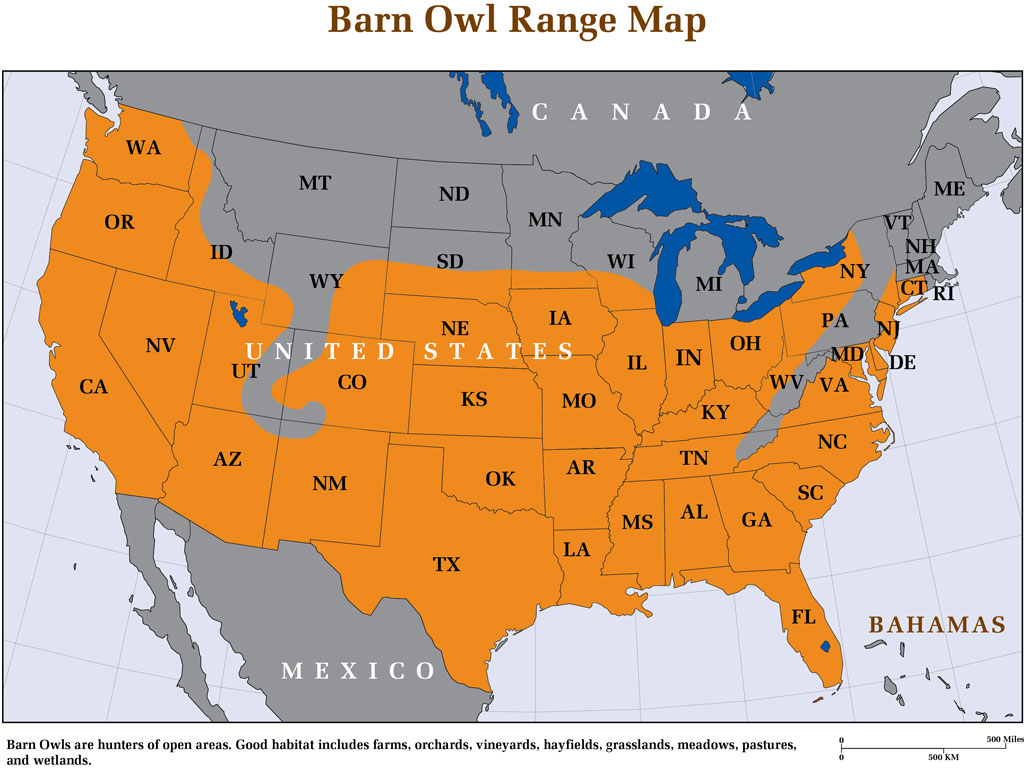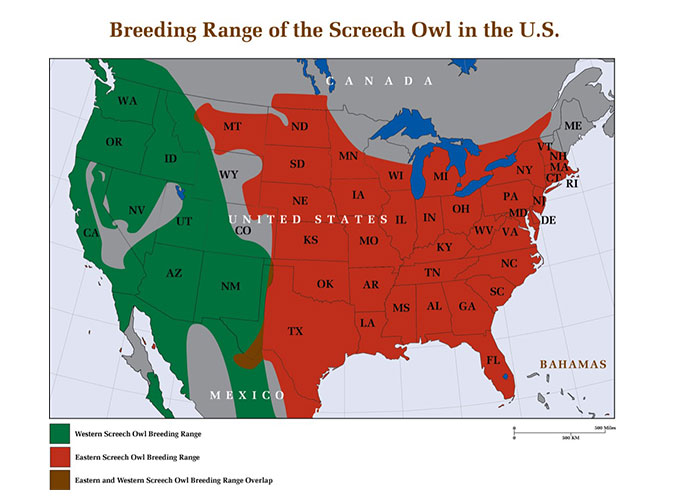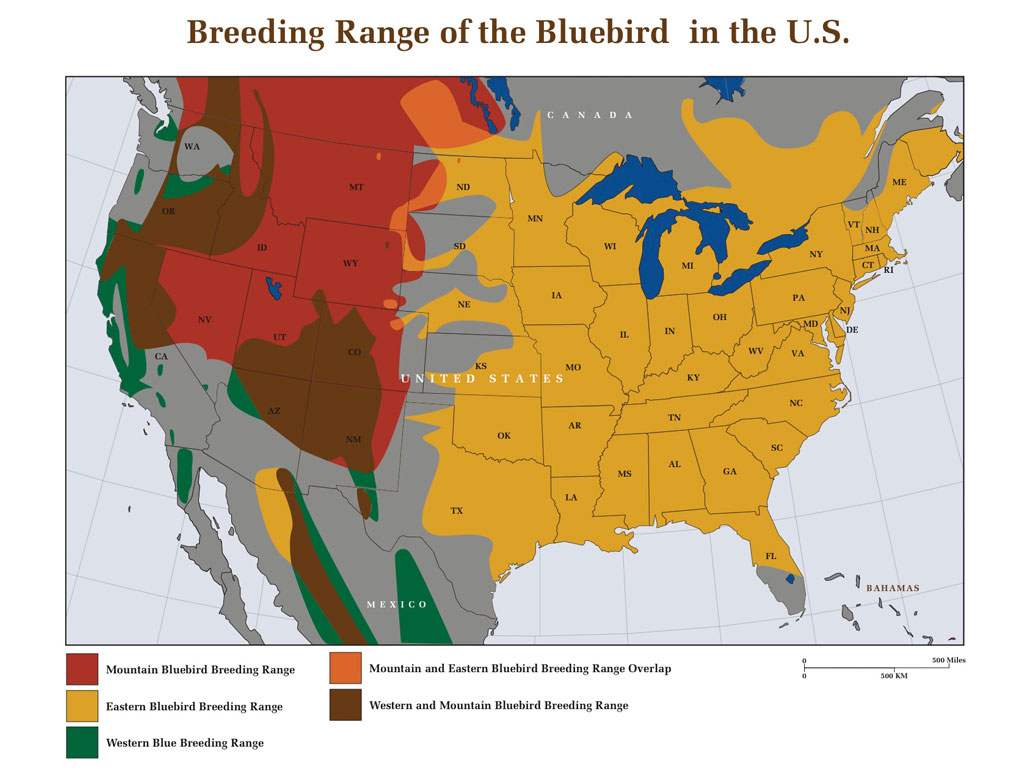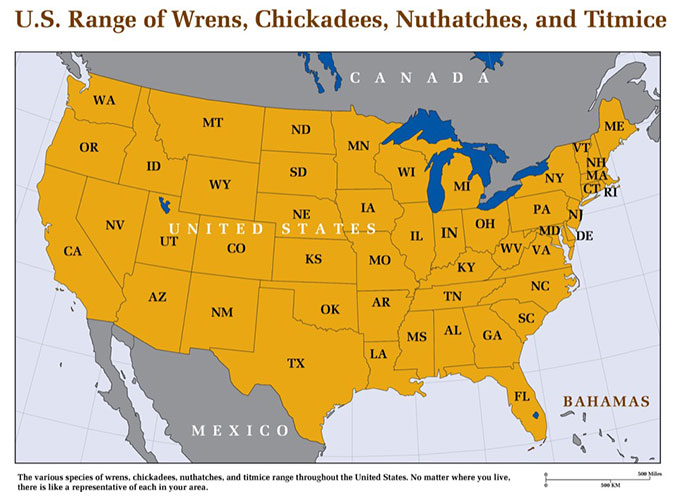Free Shipping to the Contiguous United States
Arizona Barn Owls
Barn Owls in Arizona
Common in the entire state, save the northwestern counties of Cococino, Navajo, and Apache, and northern Gila and Greenlee Counties. The high mountains that run in a sharp arc from northern Cococino County down through Navaho, Apache, and Greenlee Counties roughly divide the rather poor populations of the northeastern third of the state from the remaining areas where barn owl populations are excellent. The mountains themselves are virtually bereft of breeding pairs.
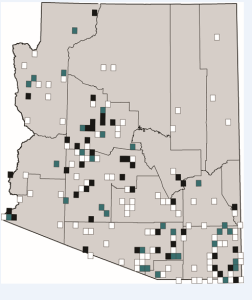
Biologist Troy McCormick of Arizona Game & Fish who contributed to the Arizona Breeding Bird Atlas says they are common in suburban areas and often nest in palm trees. Although no pellet studies have been done yet, he suspects kangaroo and cotton rats in the deserts, and roof and Norwegian rats in the suburbs. People in suburbs often request boxes because they are forced by ordinance to remove dead palm fronds (where they nest). They also nest underground in abandoned copper, silver, and gold mines, under bridges, in stream and drainage banks, and hay stacks. He would not expect them above 6000 to 7000 feet. However, plenty of the altitudes below that have grassy plains, and barn owls are common in the wheat and vegetable farms of the valleys.
Barn Owl Breeding Season in Arizona
Most of Arizona’s Barn Owls are year-round residents but will make local movements during the winter. The birds are generally on their breeding grounds by late winter, and courtship activities such as chasing flights begin at this time. Egg dates in Arizona range from early February to early May. The earliest Barn Owl nest located during the atlas period contained eggs on 10 April. Atlas data suggest that the peak breeding period statewide is from late April through late May. The latest confirmation was a nest with young found on July 24.
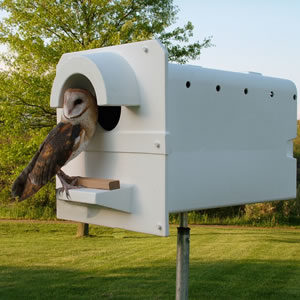
They readily use nest boxes where provided, and in Arizona cities and rural communities they will often nest on the dead fronds of untrimmed palms and on the debris collected on branches in tall tamarisks.
Given the good populations being sustained by various natural nesting sites such as cliffs, mines, palms, and tamarisks, attracting barn owls in most of Arizona is easy by installing nest boxes. As our studies have shown, dense populations can also be attracted to areas with high numbers of rodents, especially agricultural regions.

